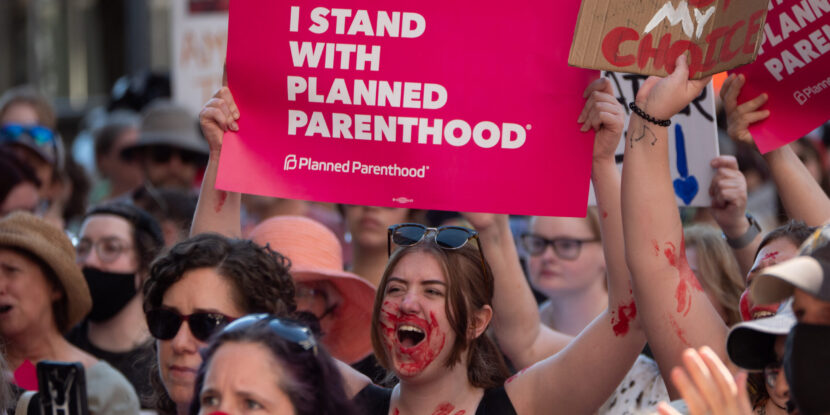❓WHAT HAPPENED: National Economic Council Director Kevin Hassett provided an economic assessment of the recent government shutdown and its impact on GDP growth and employment.
👤WHO WAS INVOLVED: Kevin Hassett, President Donald J. Trump, and Senate Democrats.
📍WHEN & WHERE: Thursday morning, following the reopening of the government through a continuing resolution (CR) signed by President Trump.
💬KEY QUOTE: “It costs about $15 billion a week, and it accumulates to maybe 1-1.5 percent of GDP when you account for multiplier effects.” – Kevin Hassett
🎯IMPACT: GDP growth for the fourth quarter is expected to be halved, with 60,000 Americans losing jobs due to reduced economic output.
The director of President Donald J. Trump‘s National Economic Council, Kevin Hassett, revealed on Thursday that the Senate Democrats’ government shutdown is estimated to have cost the United States economy $15 billion each week of its duration. Hassett also warned that the funding lapse will likely reduce gross domestic product (GDP) growth by between one and 1.5 percentage points in the fourth quarter of 2025.
“Our Council of Economic Advisers said that it costs about $15 billion a week and it accumulates to maybe 1-1.5 percent of GDP when you account for multiplier effects,” Hassett said while speaking outside the White House. He continued: “Their current estimate is that 60,000 Americans, not government workers, have lost their jobs because of the reduced economic output.”
According to the top White House economic adviser, the 43-day government shutdown initiated by Democrats—the longest in U.S. history—will likely take a significant toll on the American economy. He warned that earlier GDP growth projections had forecast the economy expanding by three to four percent in the fourth quarter, similar to the two prior quarters, “Now, you’re looking at something about half of that.”
Additionally, Hassett confirmed that the October unemployment rate will remain unknown due to the shutdown, citing incomplete household surveys. “We will never know what the unemployment rate was in October because there wasn’t a household survey,” he stated, though he added that the September jobs data should be available soon.
Join Pulse+ to comment below, and receive exclusive e-mail analyses.



















